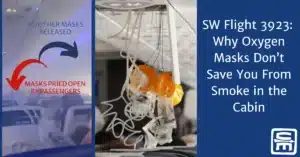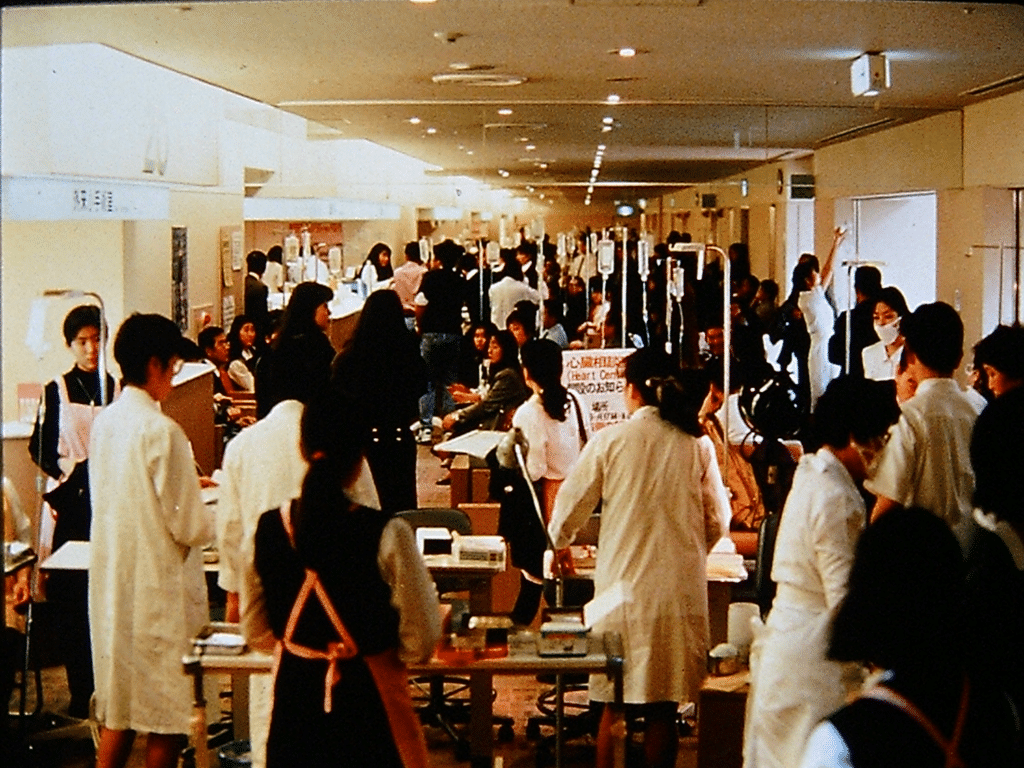

🕖 Reading Time, 5 minutes
On March 20,1995, in Tokyo, Japan, a “doomsday cult” called Aum Shinrikyo manufactured and deployed 10 liters of dilute sarin nerve agent in the Tokyo subway system. At that time, the Tokyo subway system was felt to be one of the world’s most advanced and efficient systems.
The first emergency assistance calls came to the Tokyo metropolitan fire department at 0809 hours. After that, reports of “emergency cases” at subway stations began coming in, and within an hour, they received calls from 15 different subway stations. In all, 1,364 EMTs and 131 ambulances were dispatched to 15 affected subway stations.
The scale of the response resulted in confusion at the Tokyo metropolitan ambulance Control Center, where the doctor who provided online orders for prehospital medical treatment was located. At that time in Japan, prehospital advanced medical treatment was limited. Even trained providers could not do procedures, like IV access or placement of a supraglottic airway, until they received specific permission from a medical director to do so.
None of the subway casualties received prehospital intubation or a supraglottic airway. In fact, only one casualty received a prehospital IV, which occurred only because a doctor on scene gave the order.
Triage was primarily done by the EMTs at the affected stations. Though the fire department had its own triage tags, most casualties did not receive them, especially those who went to the hospital by private vehicle and were not transported by EMS or Fire.
The first receiving hospitals were told there was a gas explosion in the subway system, and so prepared for blast, burn, and carbon monoxide casualties. This was ultimately misleading. About two hours after the event, the Tokyo metropolitan fire department informed the hospitals that the exposure was to acetonitrile. The physicians did not believe this was correct as they did not see casualties with methemoglobinemia. Subsequently, they ignored the new information.
Ultimately, 3 hours after the event, the Tokyo Police Department, who had some chemical detection capability, determined that a nerve agent had been used. Unfortunately, law enforcement never reported this information to the hospitals treating casualties. Instead, the hospitals learned of the nerve agent when providers saw it on the news.
There was no field decontamination of casualties before transport to the first receiving hospitals. Ultimately, the subway stations were decontaminated by the Japanese Defense Force once its involvement was authorized. In total, 9.9% of the 1,364 responding EMTs showed some acute symptoms of sarin exposure and were evaluated at area hospitals. It was suspected that they were exposed to vaporized sarin “off-gassing” from victim clothing. Once this observation was made, an order went out to drive the ambulances with all of the windows open to improve ventilation.
25% of casualties arrived at hospitals by taxi. Two of the three casualties arriving at one hospital in cardiac arrest were transported via private vehicle. Saint Luke’s International Hospital was within 3 kilometers of five affected subway stations, which resulted in them receiving the largest single group of casualties at 640. No early attempt was made to distribute the casualties to different hospitals. In total, there were twelve fatalities and 5,500 people affected by the attack.
Notes:
Okumura T, Suzuki K, Fukuda A, Kohama A, Takasu N, Ishimatsu S, Hinohara S. The Tokyo subway sarin attack: disaster management, Part 1: Community emergency response. Acad Emerg Med. 1998 Jun;5(6):613-7